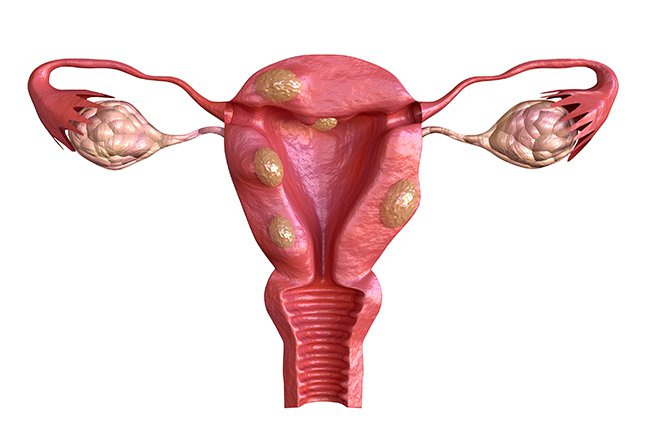Non-cancerous growths in the uterus that can develop during a woman's childbearing years. The cause of fibroids isn't well understood. Risk factors include a family history of fibroids, obesity or early onset of puberty. Symptoms include heavy menstrual bleeding, prolonged periods and pelvic pain. In some cases, there are no symptoms.
Sometime patients have some questions and myths in their mind so we tries to answer some of them below
Fibroids, also known as uterine leiomyomas, are non-cancerous tumours coming from the myometrium (the muscle layer) of the uterus. Fibroids are extremely common. Up to four out of every five women have fibroids, although most of these women have no symptoms and do not need any treatment. Fibroids cause symptoms in approximately one out of every four women of reproductive age. They are usually detected in women in their thirties and forties and are more common in black women than white women. Fibroids usually shrink after menopause.

There are many different types of fibroids. Depending on their size and location, fibroids can present with a wide range of symptoms. Fibroids can be divided into submucosal, intramural or subserosal.
Submucosal fibroids These fibroids are located just underneath the endometrium, or lining of the uterus, and protrude into the uterine cavity. They often cause heavy bleeding and long periods, but they can also cause irregular bleeding.
Intramural fibroids These fibroids are found predominantly in the myometrium, or muscle of the uterus. Depending on their size and location, these fibroids can also extend toward and distort the uterine cavity or protrude outside the uterus. Intramural fibroids can be asymptomatic (causing no symptoms), cause bleeding abnormalities, or cause pressure and bulk symptoms.
Subserosal fibroids These fibroids are located near the outside of the uterus. They can be partially in the myometrium (muscle of the uterus) or hanging off the outside of the uterus. They can cause bulk symptoms such as bladder or rectal pressure.
Changes in menstruation
Changes in menstruation
Common problems for infertility with men include:
Pressure